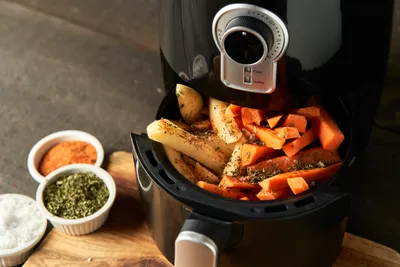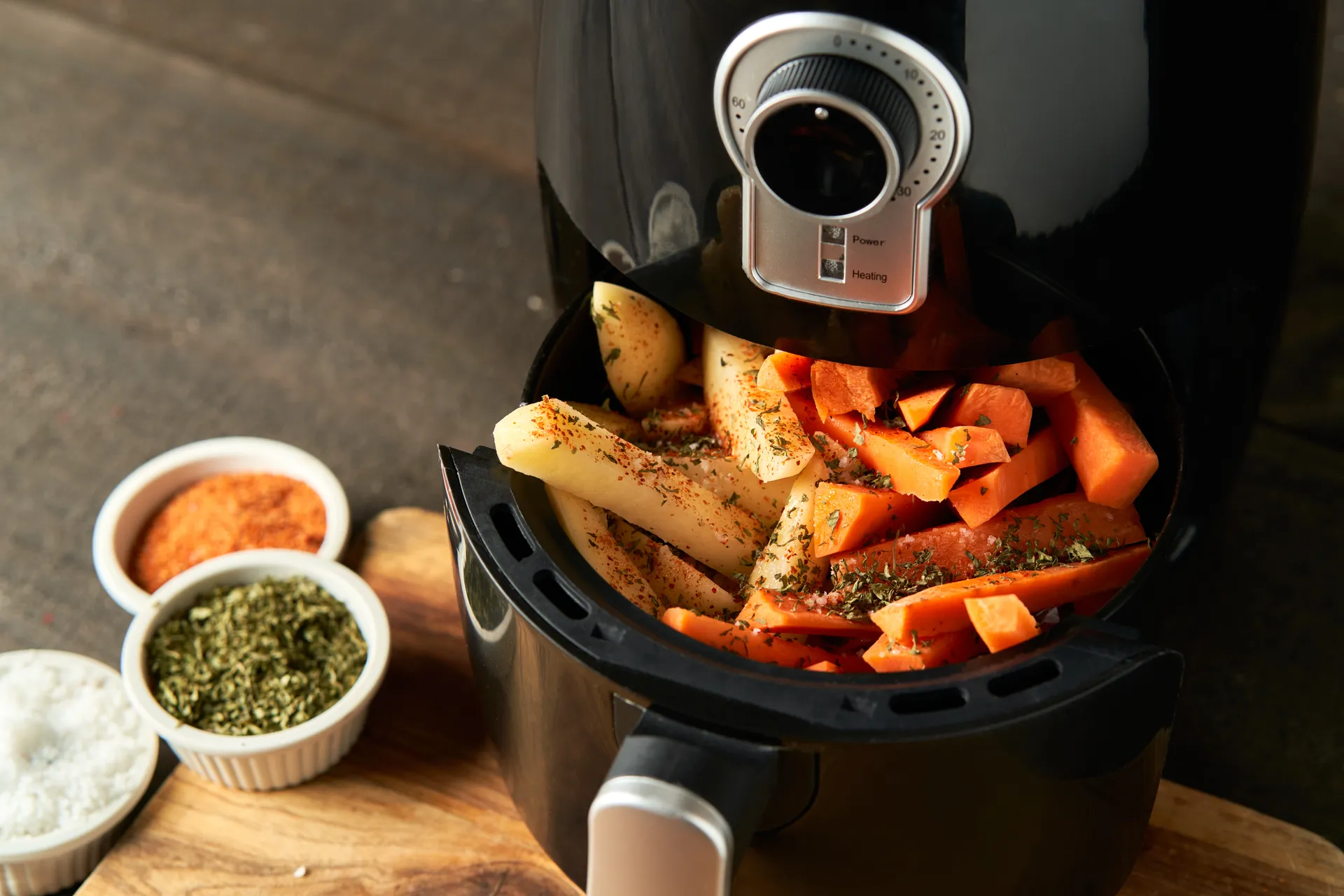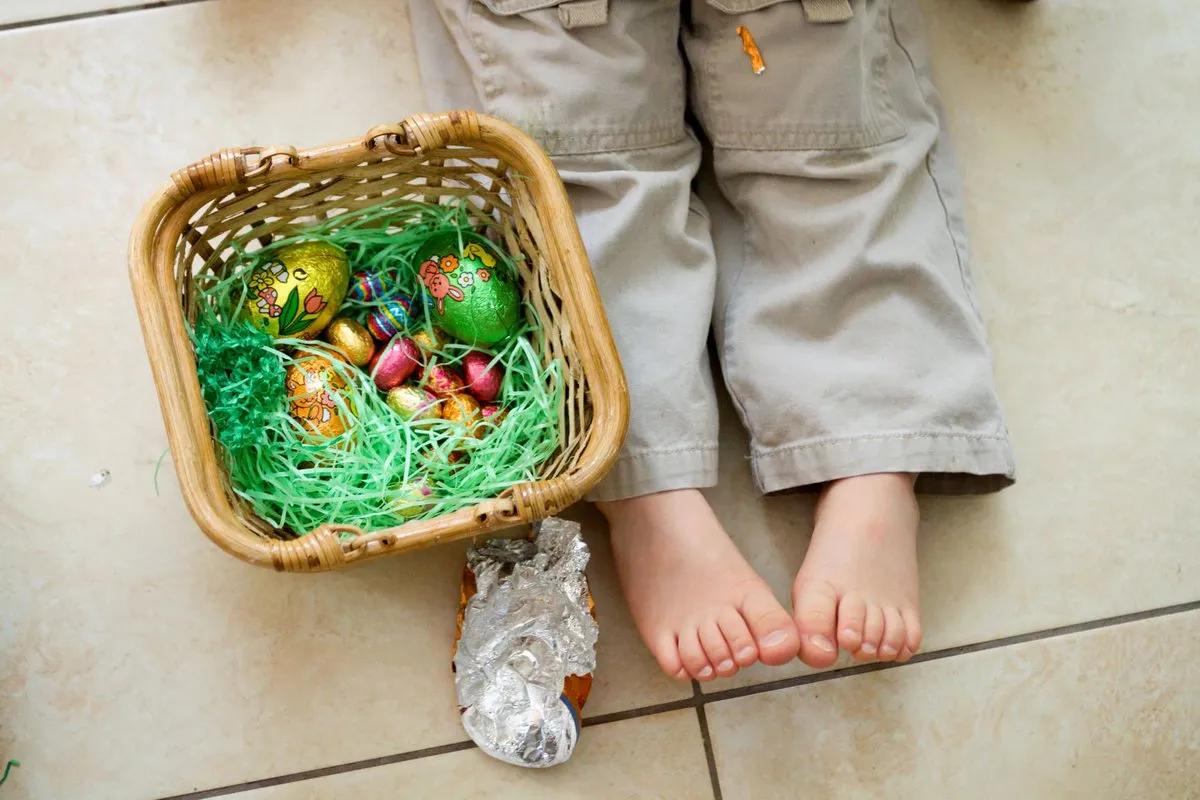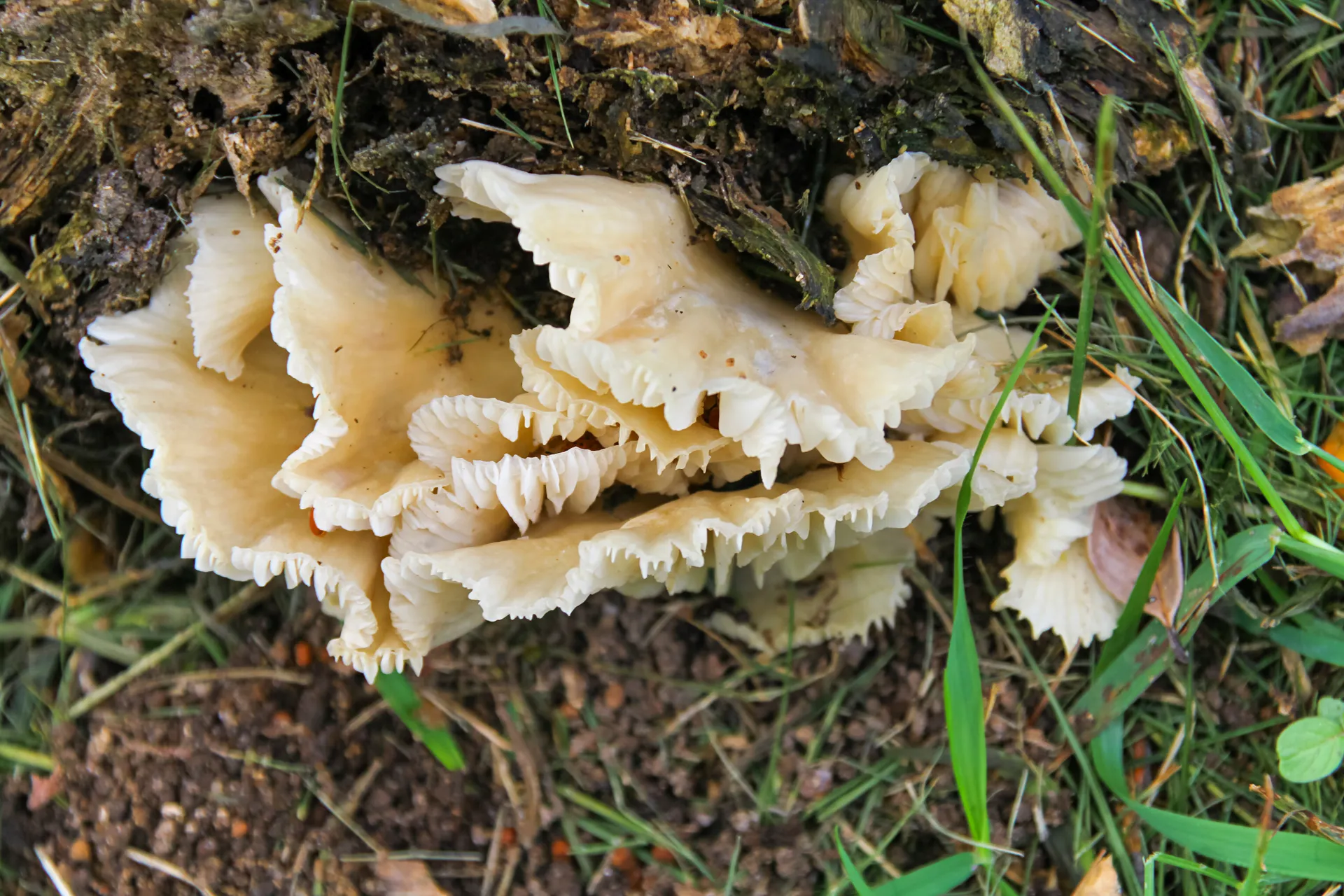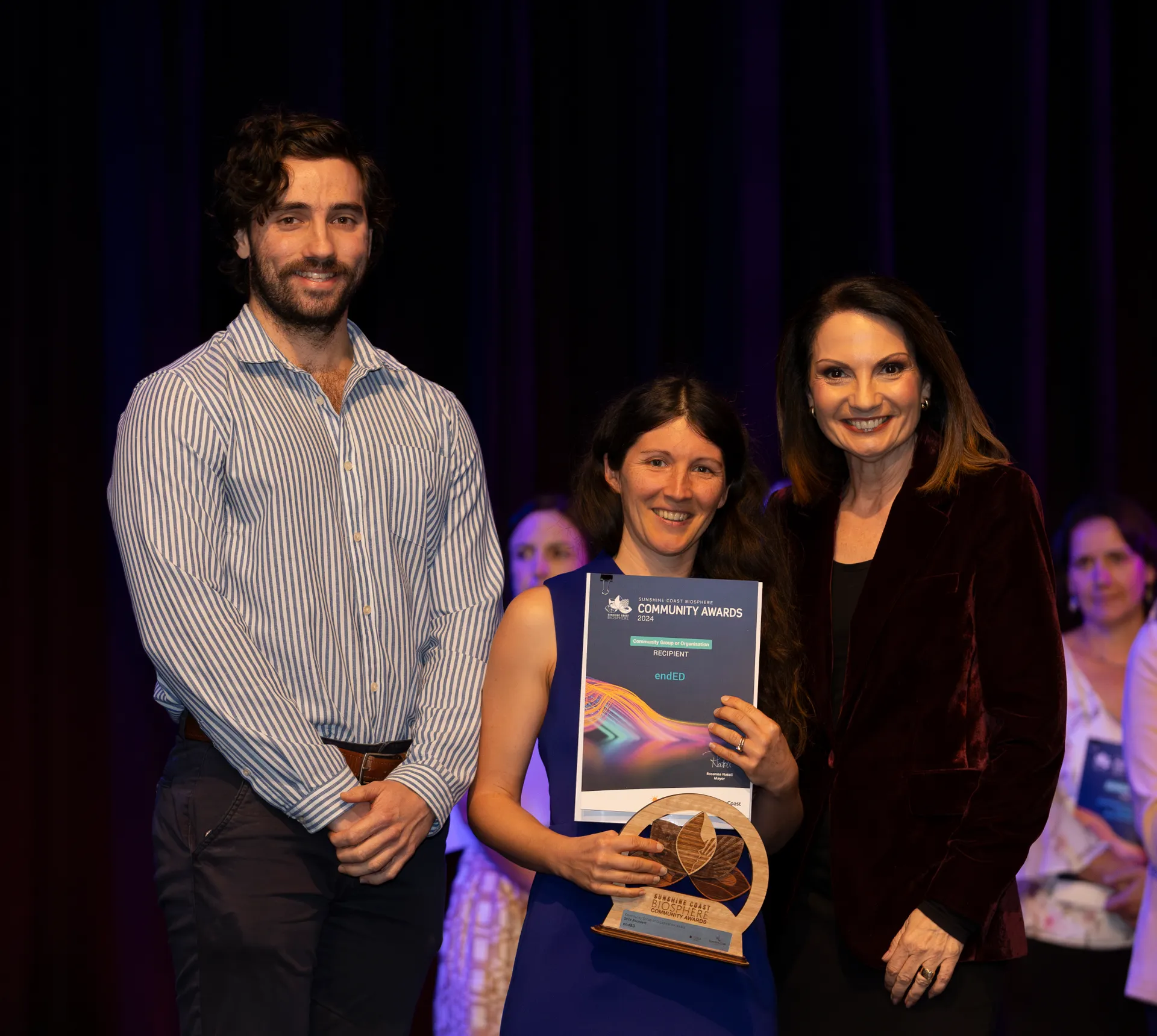What to do in the garden this October
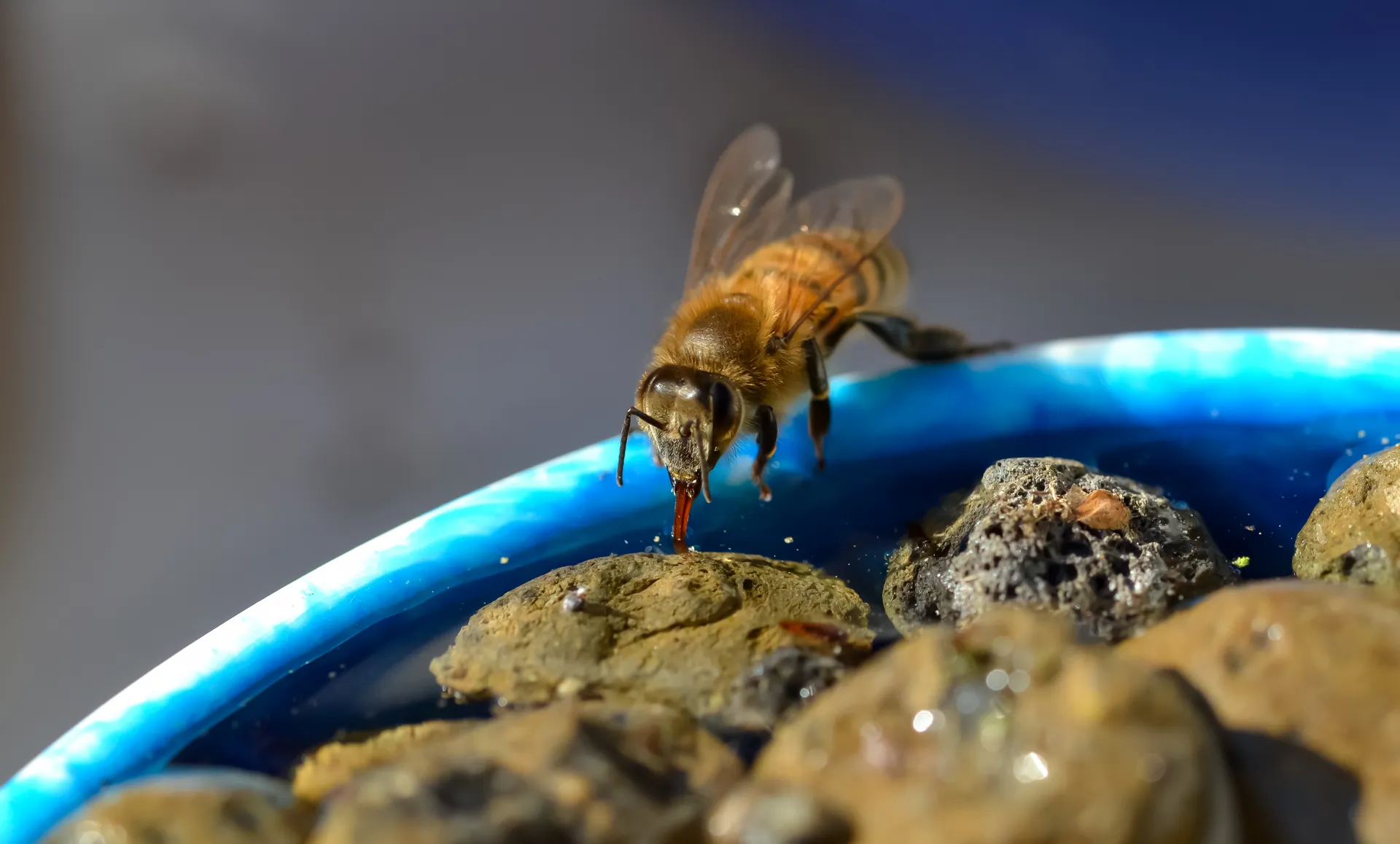
Bring in the bees or you'll need to hand pollinate! Find out what to plant, do and pick in the garden this October.
October Garden Notes
In October, we typically move into our fifth season in SE QLD. ‘Sprummer’ is a highly changeable period during October/November, when we transition from spring into summer.
This is a time when climate conditions can be very unpredictable. Based on my observations and keeping notes on patterns over 25 years, this is a time when we need to be prepared for almost any kind of weather.
We typically have very unstable and variable conditions, often with little to no rain. However, we can suddenly get storms, intense heavy rain and localised flooding, hail or everything at once.
This time of year often brings heatwaves and gusty winds; a random cold snap; drying winds; higher-than-average day and night temperatures or early humid weather. It can be quite confusing and challenging for gardeners and plants alike! More details are in my Subtropical Planting Guide. It can also be perfect outdoors.
The importance of shade
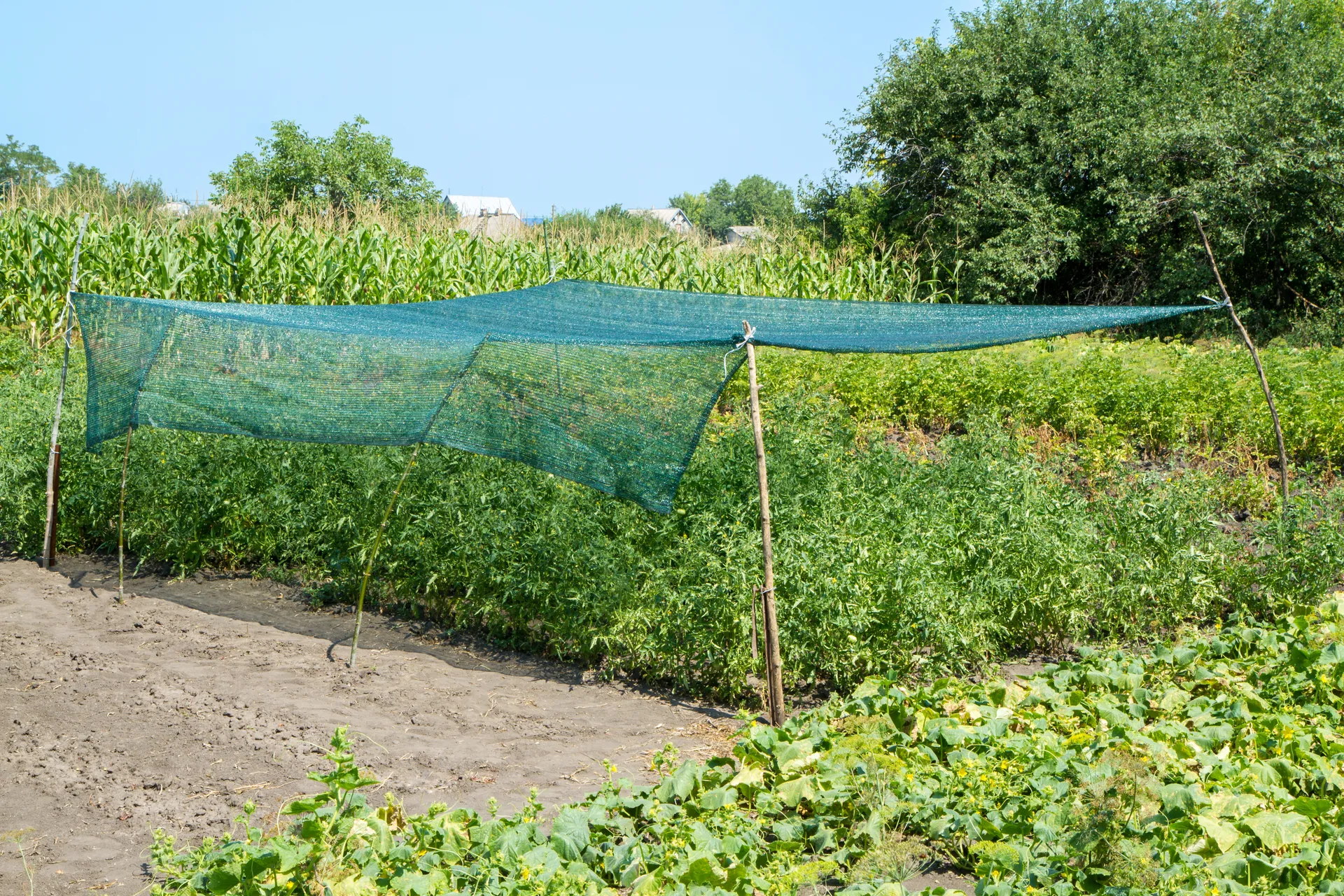
Keep exclusion netting and shade cloth structures handy to help protect plants when needed. DIY options are easy to make with bamboo stakes, wire, polypipe and zip ties.
Research studies confirm moderate shading with 30-50% shade cloth in a pale colour helps block harsh sunlight and prevent fruiting crops from suffering sunburn.
Shade cloth and netting are very adaptable and can be made into portable or permanent structures to protect your crops.
Shade protection helps to
- decrease moisture loss and water stress, reducing the need to water as often
- helps increase water use efficiency in plants and protect crops from excessive solar radiation. Covers minimise insect, bird, animal or hail damage
- helps modify the air, plant and soil temperature, shade and humidity growing conditions
- helps buffer against strong drying or damaging winds
- reduce stress, causing crops to produce higher yields and better quality.
Pests
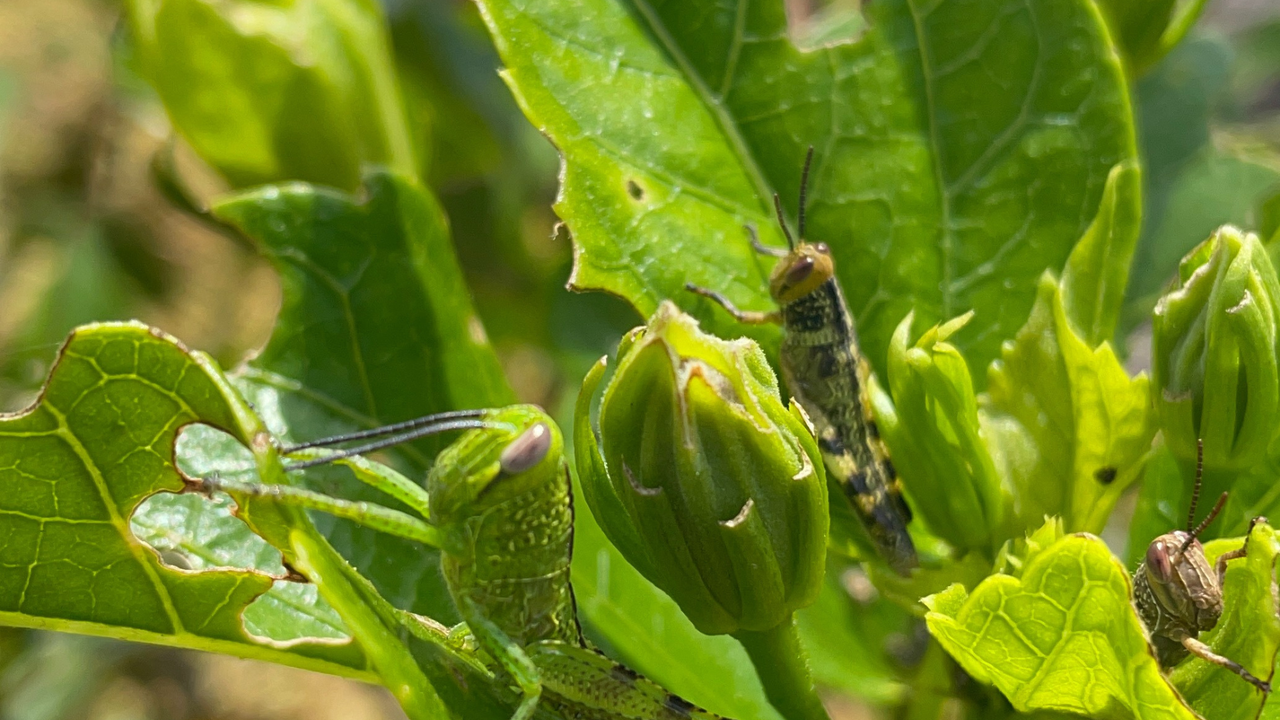
Our grace period with fewer pests over spring ends quickly! Watch for aphids, bronze orange bug, citrus leaf miners, QLD fruit fly, moths/butterflies and their caterpillars and greedy grasshoppers. Exclusion netting and traps are useful strategies. Hungry birds feeding young in their nests keep any newly hatched grasshoppers to a minimum in my garden. One problem I don’t have to deal with – yet! Keeping your birds happy with clean water encourages them to provide free pest management services.
Pollination

With so many fruit trees often in flower at this time, it’s essential to attract pollinators to your garden or be prepared to hand pollinate. Trees and fruiting crops have a high need for moisture and nutrients at and after fruit set. Mulberry trees can be cut back during the new moon phase to encourage new flowers and the next harvest sooner. Be quick!
How do you bath a bee
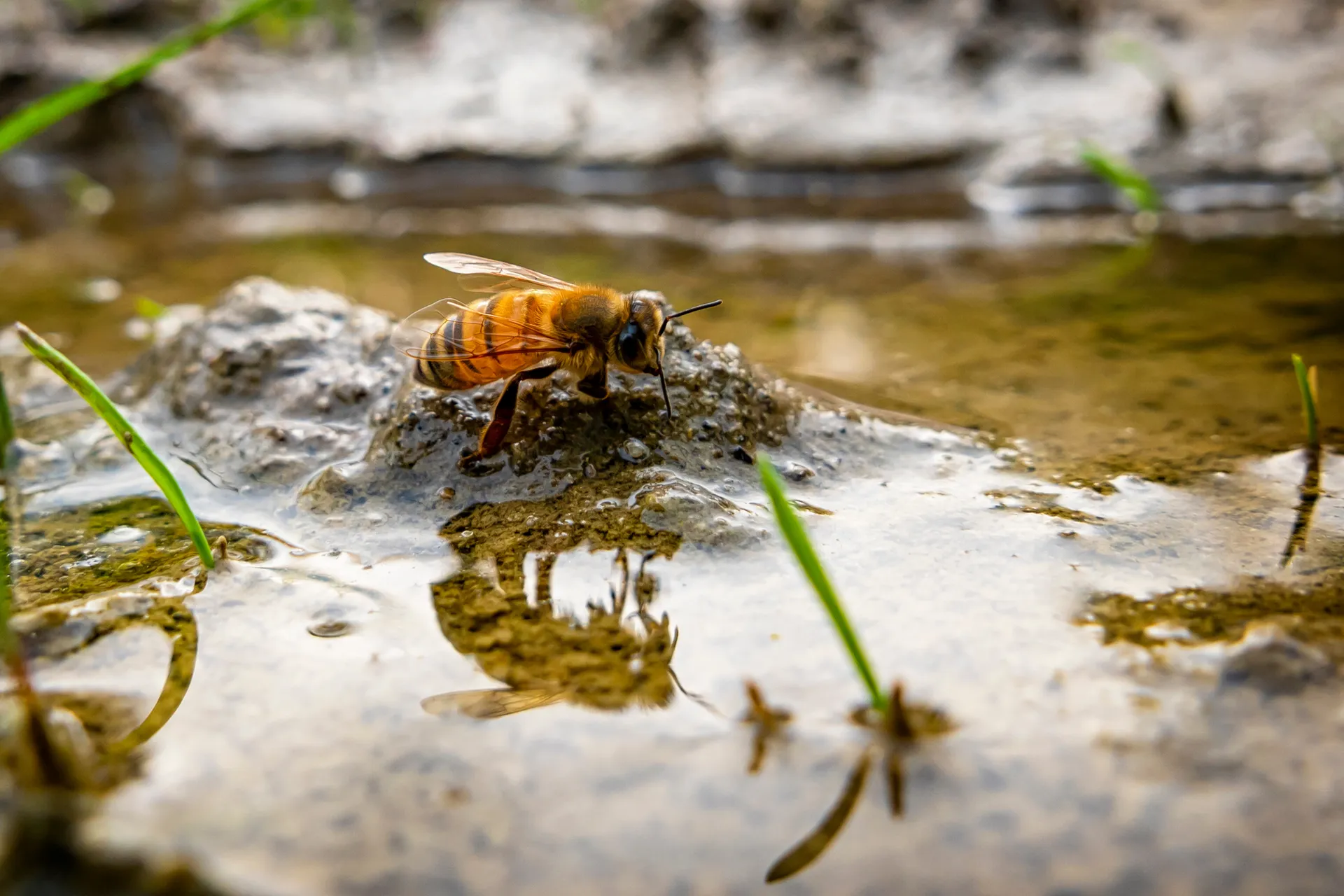
Very carefully 😁 A shallow bee bath with a safe rock to land on to avoid drowning provides water for pollinators and beneficial insects. An ‘insectary’ garden with a variety of nectar-rich flowering herbs, vegetables and perennials encourages predator insects to keep seasonal pests under control.
What to plant

Sow broccoli, rocket and peas as seeds to harvest as young microgreens.
Ready in 7-21 days. I often sow Broccoli di Ciccio, a warm season variety, which I pick through to December when there is plenty of rainfall. It has a long harvest period for side shoots.
TIP: During dry seasons, it’s easier to stick with microgreens. Annual rocket prefers moist soil and some shade if growing to maturity. Otherwise, allow it to flower and provide free seeds or grow perennial wild rocket instead.
It’s a good time for zucchinis with enough warmth before high humidity sets in. It can be a struggle to keep powdery mildew at bay. I have had great success growing zukes vertically up stakes in well-ventilated positions out of the wind. Try swapping ‘Slow Bolt’ coriander for perennial Mexican Sawtooth variety to take you through summer. Or grow it in self-watering pots so it has consistent moisture. Perennial summer spinach varieties like Suranim, Brazilian, Ceylon/Malabar, Sambung/Longevity and Okinawa will provide spinach leaves during our hot humid weather when our winter varieties ‘check out’! If you haven’t planted these yet, now is an ideal time to do so. Try Perpetual Spinach or Warrigal Greens. Asian greens can be sown all year.
Sow turmeric and ginger this month (ideally on a root crop day during the moon cycle). Other root crops to sow include beetroot, carrots, sweet potato, yakon and radish. Asian greens, basil, beans, capsicum, celery, chilli, chives, choko, cucumber or cucamelons, eggplant, kale, leeks, melons, mustard, okra, oregano, parsley, pumpkin, rosemary, sorrel, spring onions, thyme, tomatoes and warrigal greens can all be planted in October. Include lots of flowers for beneficial insects.
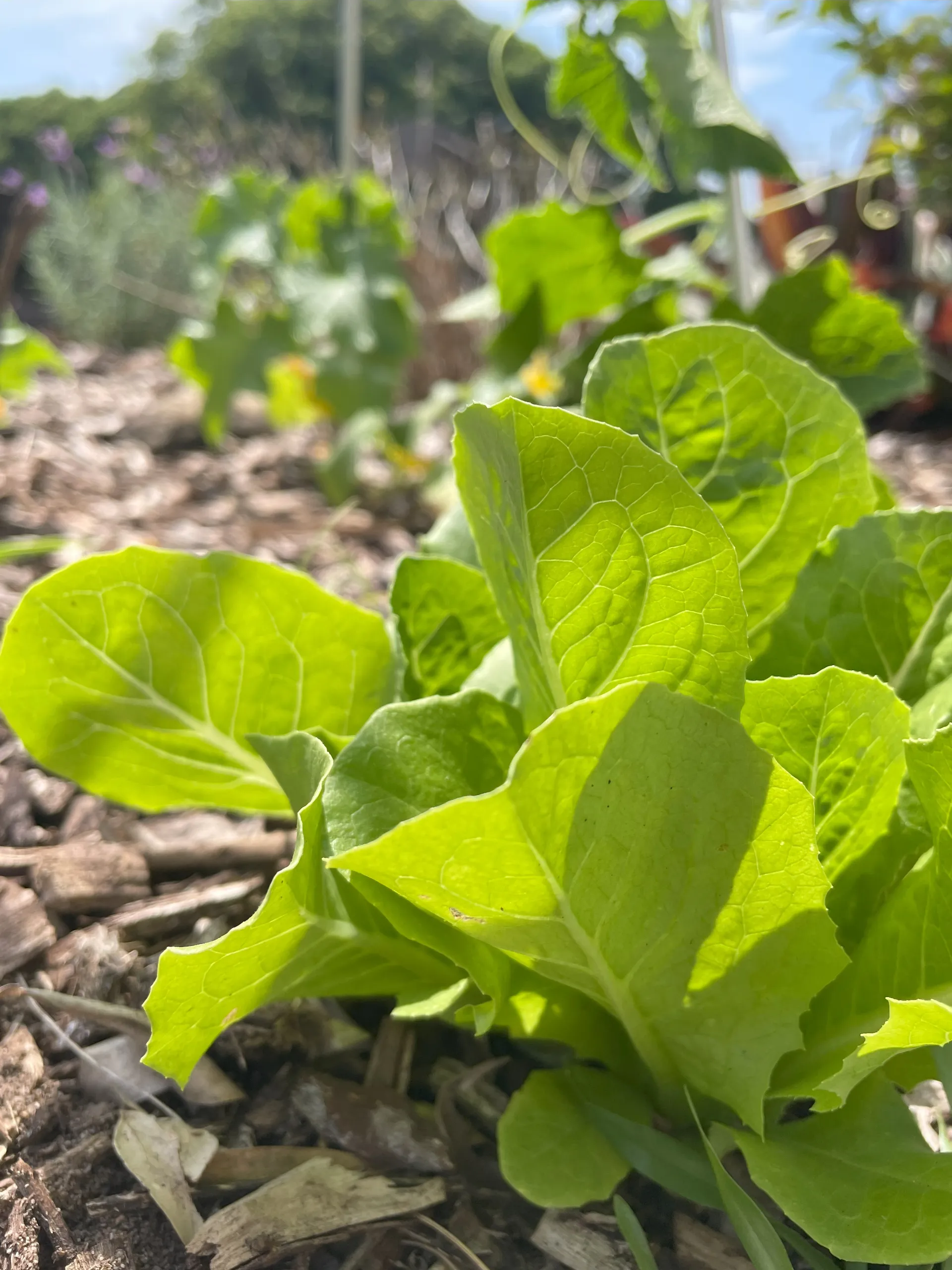
For salad greens, now is a good time to swap to heat-tolerant ‘loose leaf’ lettuce varieties. Try ‘Salad Bowl Red’ or ‘Green’; ‘Little Gem’ and ‘Parris Island’ Cos; ‘Royal Oakleaf’ and ‘Summer Harvest’ that are slow to bolt. Lettuce only needs 2-3 hours of early morning sun, shade onwards, and constant moisture or try perennial sorrel. Another hardy variety is Indian or Tree Lettuce. Self-watering container gardens are ideal for all leafy greens and many herbs. Create a suitable microclimate and succession plant for lots of luscious leaves.
Take cuttings and propagate plants during the new moon cycle for quick root development. Who doesn’t love free plants? Revitalise and reuse your old potting mix to extend its life.
Fruit
Summer fruiting crops are great to plant now. Make sure your fruit trees and gardens have been topped up with compost and slow-release nutrients as well as mulch. Strawberries need consistent moisture to develop new runners and benefit from liquid feeding such as seaweed or diluted worm leachate.
Grow microgreens for a continuous supply of nutritious leafy greens and seasonal vegetables.
What to do

Garden Tasks this Month
- Check fruit fly traps. Re-bait as necessary and decide on your fruit fly strategies.
- Watch out for aphids and treat naturally. They can devour buds, new leaf growth and leaves quickly.
- Check regularly for caterpillars to minimize their damage.
- Add compost to citrus and fruit trees. Mulch well. Pay attention to watering to prevent water stress.
- Plant passionfruit and de-sucker bananas.
- Save seeds from winter and spring crops.
- If you haven’t already, protect crops from drying winds and get storm protection and exclusion netting or shade cloth in place.
I hope you’ve enjoyed these tips and dig into the gardening guides and resources. May the year ahead be filled with an abundance of good health and harvests!
Kind regards,
Anne Gibson


